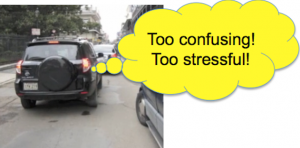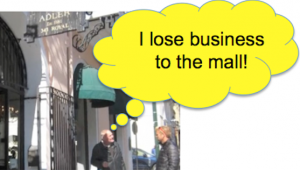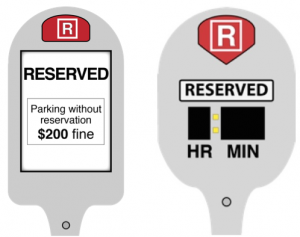Everyone has complaints about parking. Drivers get stuck in traffic. At certain times of day, 25 to 40% of the traffic in city is cars cruising for a parking place.
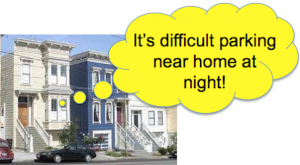 Residents in many neighborhoods need to rush home for parking in front of their homes. Then they worry about leaving in the evening to run an errand because the parking space will be filled.
Residents in many neighborhoods need to rush home for parking in front of their homes. Then they worry about leaving in the evening to run an errand because the parking space will be filled.
Merchants in shopping districts are concerned about inadequate parking for their customers. They worry that they will continue to lose business to malls.
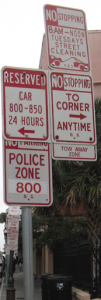
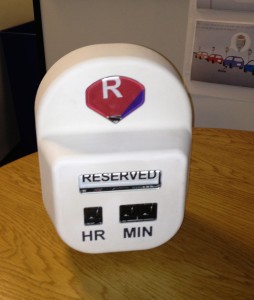 Urban departments of transportation and city administrations are concerned about congestion and the role of parking in the larger picture of urban mobility and quality of city life.
Urban departments of transportation and city administrations are concerned about congestion and the role of parking in the larger picture of urban mobility and quality of city life.
Some Solutions
What if parking meters and other dynamic street signage told you when you can park rather than when you can’t?
What if you could make reservations for parking on the street?
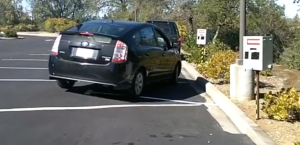 The Urban Parking Services project at PARC has been a multi-year project with Government Transportation Services in Xerox Services. Together with the Enforce project, we are working with several U.S. and international cities as part of a smarter cities theme to explore ways to better manage city resources.
The Urban Parking Services project at PARC has been a multi-year project with Government Transportation Services in Xerox Services. Together with the Enforce project, we are working with several U.S. and international cities as part of a smarter cities theme to explore ways to better manage city resources.
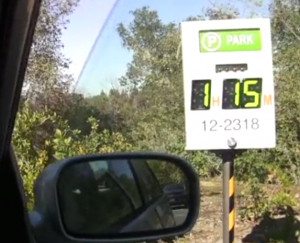 At PARC we have built prototype versions of new generations of parking services and parking meters and have been testing them with people who live and work in urban environments.
At PARC we have built prototype versions of new generations of parking services and parking meters and have been testing them with people who live and work in urban environments.
Here is a sampling of some of capabilities we have been inventing.
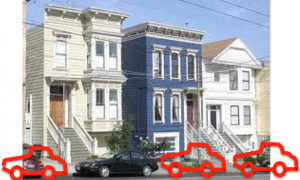 Curb cut parking. By enabling parking at curb cuts (in front of drive ways) we can have two to three times as much parking on many blocks near urban business districts. We share revenue with driveway owners and give them control over when the space is available.
Curb cut parking. By enabling parking at curb cuts (in front of drive ways) we can have two to three times as much parking on many blocks near urban business districts. We share revenue with driveway owners and give them control over when the space is available.- Over night residential reservations. Neighborhoods can have periodic auctions for parking spaces in front of homes. Residents can then find parking confidently at night and come and go as they need.
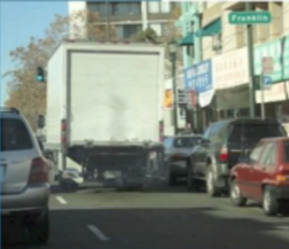 Just-in-time loading zone parking. Double parking by delivery vehicles is a major cause of urban congestion. Our system enables delivery drivers to reserve parking spaces as loading zones when they need them. The signage changes to indicate the loading zone reservations when their vehicles are a short time away.
Just-in-time loading zone parking. Double parking by delivery vehicles is a major cause of urban congestion. Our system enables delivery drivers to reserve parking spaces as loading zones when they need them. The signage changes to indicate the loading zone reservations when their vehicles are a short time away.
Many Parc researchers have contributed to the Urban Parking Services project including Craig Eldershaw, James Glassnapp, Roger Hoover, Ellen Isaacs, Brian Preas, and Frank Torres.
Patents
Several patents from this project are in the pipeline at the U.S. Patent Office and several have issued. Issued patents can be found here:

